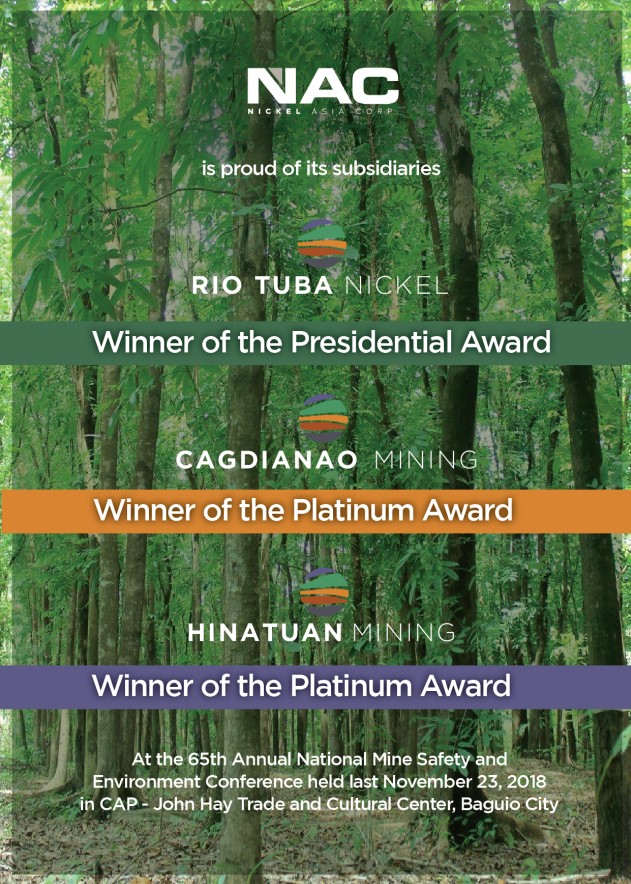High coliform found in city’s river system
BANGUS INDUSTRY THREATENED
NIFTDC lab tests show
The alarm bells are ringing for the Dagupan City’s aquatic life.
Based on the latest laboratory analyses conducted by the Dagupan-based National Integrated Fisheries Technology Development Center, fishes raised and grown in the city could be affected unless the city government moves drastically.
A Fish Health Diagnostic and Microbiology Laboratory Report prepared by Evelyn Dangla, Aquaculturist II and noted by Dr. Westly Rosario, NIFTDC chief, on Feb.13 2006 which still stands till today, showed that some parts of the Dagupan river system are contaminated, having failed the Total Coliform standard test.
The reported contamination now threatens fish farming that produces the tasty bangus, tilapia and other aquatic products in Dagupan City as well as Binmaley where the Dagupan river system extends.
Samples of water obtained from 13 sites along the Dagupan river system, covering Dagupan City and Binmaley, were analyzed by NIFTDC and the water in six sites were found to contain Total Coliform bacteria above the maximum acceptable limit.
The maximum acceptable limit of Total Coliform bacteria for Class C water such as the one being used for the propagation and growthof fish and other aquatic resources is 5,000 Most Probable Number (MPN).
The samples from the water in Sabangan, Pugaro, Dawel, Lasip Grande, Bacayao Sur and Lasip Chico were found to contain Total Coliform bacteria above the maximum acceptable limit.
The highest is at Lasip Grande, 240,000 MPN; followed by Dawel, 92,000 MPN; Lasip Chico, 54,000 MPN; Pugaro and Bacayao Sur, 24,000 MPN each; and Sabangan, 7,900 MPN.
On the other hand, samples from Calamiong, Mamalingling, Tambac-Mamalingling and Lucao, all of Dagupan; as well as Dupo and Gayaman in Binmaley were verified to be below and within the maximum acceptable limit.
The reading for Total Coliform bacteria in Lucao is 450 MPN, Tambac-Mamalingling and Gayaman, 780 MPN each; Salapingao, 1,800 MPN; Mamalingling, 2,200 MPN; Calamiong, 2,300 MPN; and Dupo, 4,900 MPN.
Dangla, head of the microbiology section of NIFTDC, pointed out that the results of the analyses still stand today since the weather has not changed from the time it was conducted in February until today.
She said the existence of high Total Coliform bacteria in the water can be attrbuted largely to nearby residential houses and factories that continue to drain their waste water down the Dagupan river system.
She recommended an aggressive coastal clean up, including the reduction of fishpens in the Dagupan river system, to ease the contamination.
The nets of fishpens also block wastes from exiting to the Lingayen Gulf.
Dangla said the situation in fishponds that produce bangus, tilapia, tiger prawns and other aquatic products is better although these are also affected during high tide.






